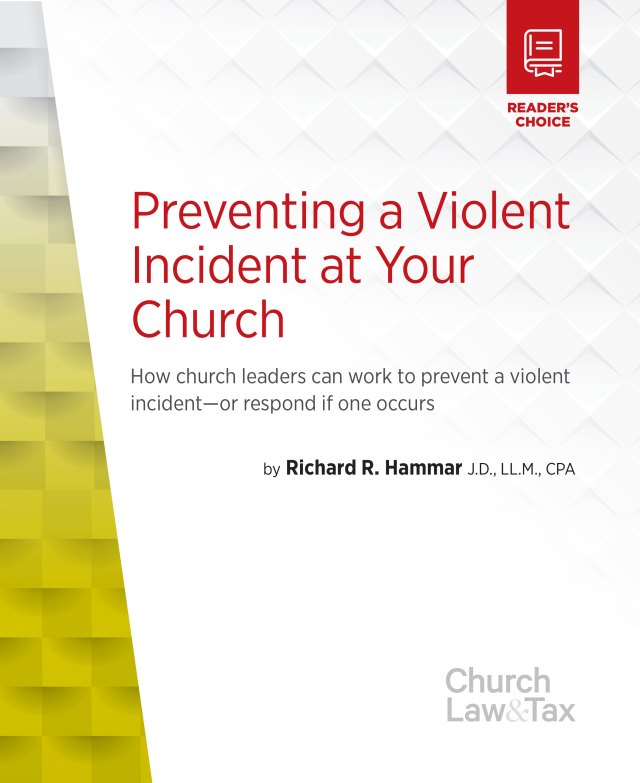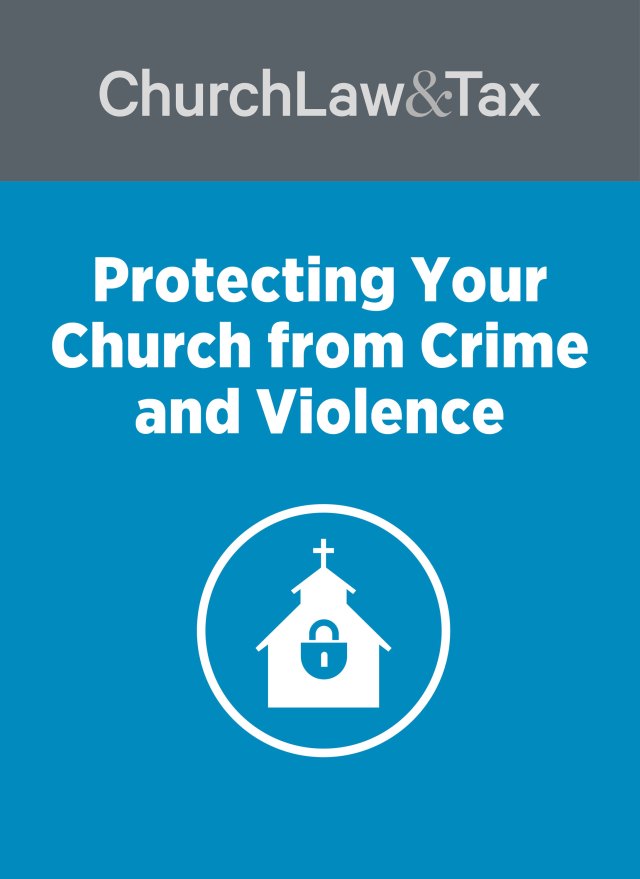When it comes to supervision, many churches struggle with the concept of reasonable care. Often, two extremes emerge. On the one hand, some church leaders try to establish a policy for every situation. This rarely works. Plus, the worst position for a church to be in is to have a policy and not enforce it. On the other hand, some church leaders do nothing. They leave supervision to the discretion of each individual worker, sometimes with catastrophic results.
A better solution is to understand some basic principles of risk. Not all activities bear the same level of risk. As a result, the level of supervision should correspond to the level of risk. General supervision is appropriate for low risk activities where the potential for a serious accident or injury is low. As risk increases, however, the supervision should become more specific.
For example, while general supervision is appropriate for monitoring children eating a meal, specific supervision is needed for children cooking a meal. By training ministry leaders and workers to understand the principles of risk, they’ll be equipped to make decisions as situations warrant.
Three factors affect the level of risk: Isolation, accountability, and power and control. By filtering church activities through the following checklist, you’ll be able to create supervision policies for your ministry programs.
Isolation
Key question: Who will be present for this activity?
Action step to lower risk: Increase the number of people who are present to lower isolation and increase accountability.
Key question: Does this activity occur at a time or location that will increase the level of isolation?
Action step to lower risk: Change time or location so that isolation decreases, or increase the level of accountability.
Key question: Do we currently secure and properly monitor our facilities to prevent unauthorized use? Action steps to lower risk: Appoint a monitor to check buildings and restrooms that should be unoccupied while other activities occur on church property. Instruct teachers to make sure that the rooms are left unoccupied at the end of class. Have a designated person lock doors and secure specific rooms and buildings at the end of their use.
Key question: Do we maintain control of church keys, and do we have a policy in place regarding who can use church facilities, and under what circumstances?
Action steps to lower risk: Develop a system to control the use of church keys. If necessary, have locks re-keyed. Develop a policy that governs the time and location of activities in coordination with proper accountability.
Key question: Do we require individuals to obtain advanced permission before sponsoring an activity in the name of the church, or that appears to be a church-related function?
Action steps to lower risk: Require individuals and groups to obtain advance permission from an authorized person before sponsoring activities that are in any way associated with the church.
Accountability
Key question: Have workers been screened in proportion to the level of their responsibilities? Individuals who have frequent and unsupervised access to children require more thorough screening than those who have infrequent contact in group settings.
Action steps to lower risk: Screen workers according to their level of responsibility in order to determine whether they have been accountable in the past.
Key question: Does a worker have unsupervised access to a child or extended unsupervised access to a group of children?
Action steps to lower risk: Have two or more unrelated workers present.
Key question: Are activities open or closed to public observation?
Action steps to lower risk: Conduct frequent random observation of activities. For example, appoint an usher to monitor activities throughout the building, or use video equipment to monitor activities. Install windows in all doors, or use “Dutch doors.”
Key questions: Do workers know what is expected of them regarding appropriate and inappropriate behavior? Do they understand and abide by church policies concerning sponsoring and supervising activities both on and off of church property?
Action step to lower risk: Train each worker with respect to church policies and procedures.
Power and control
Key question: Do higher-risk situations currently exist that promote an imbalance of power among children?
Action step to lower risk: Instruct supervisors to maintain a balance of power as much as possible in the pairing of children for any overnight activity, going to the restroom, or any other activity in which they may be alone for a period of time.
This excerpt is from Reducing the Risk, Third Edition.




